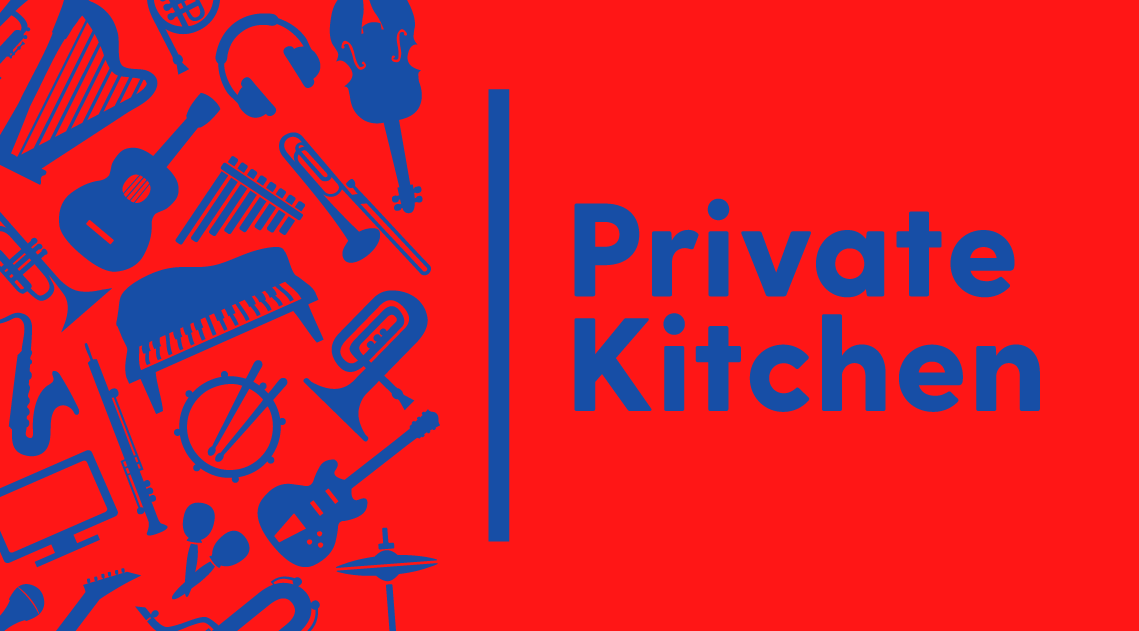Creativity, Constraints and Mountain Climbing
How to create your creative space as a media composer?
by Ivo Witteveen
Michael Arndt, Academy Award-winning screenwriter for Little Miss Sunshine, once compared writing a screenplay to climbing a mountain blindfolded. "The first trick," Arndt said, "is to find the mountain." To me, this comparison clarifies the difference between artists and designers. While designers are masters in the art of finding creative solutions to a given problem ('climbing the mountain'), artists excel at asking the right questions, changing perspectives and using their autonomy to (re)define the situation at hand. In other words, 'finding an interesting mountain to climb'.
As media composers, we find ourselves betwixt and between the autonomous artist and the skilled music designer. We often work with a clear set of limitations: deadline, budget, input from other professionals involved, temp tracks and so on. At the same time, we are also expected to compose, to create something out of nothing, to force air vibrations into music at will.
Perhaps no composer is ever truly free, not even when writing autonomous work. Limitations, whether self-imposed or not, are part and parcel of an artist’s work environment. When a string quartet commissions a work, you’ll write for a setting chosen for you. You yourself might decide to write a song about cancel culture; or your next painting to be a gouache. Without boundaries, there is nowhere to start. "Sure, but the constraints forced upon media composers actually stifle one’s creativity," I can hear you say. In that case, the real question is: can you be truly creative within the constraints of a job you were hired to do?
A renowned session drummer, famous for his virtuosity but often asked to play on straightforward musical material, was asked a similar question by a student: "Don’t you find that stuff boring to play?" His surprising answer was that he did not. He explained to the audience that he imagines the creative space as a box around him. Less creative freedom means a smaller box and increased pressure on creativity. Contrary to what his audience expected he said he actually enjoys that pressure and strives to play even the simplest grooves in a way only he can. And in doing so, he always finds an outlet, however small, for the creativity. In one of his essays, film composer Charles Bernstein (not related to either Leonard or Elmer) takes it a step further and stipulates that the greatest artistic freedom springs precisely from restriction. His point: the more limitations, the more liberation. Bernstein mentions Jackson Pollock and John Coltrane, artists who reached great levels of artistic freedom but came from a very strict background. "It seems clear that limitation can be a good thing, especially if it is the artist that sets the limits," he concludes.
Perhaps that is what we as media composers should strive to do: set our own limits within the available creative space. And that space could be bigger than you think. Allegedly, Stockhausen was not interested in writing a string quartet at first, because he found it limiting. Until he came up with the additional limitation that the four players should each be flying in a helicopter, thus giving birth to the Helikopter-Streichquartett. Limitation + limitation = outrageous creativity! Think about it: what constraints could you add to a project to trigger your creativity? If you manage to set the right ones, you might find yourself right at the foot of a beautiful mountain, all packed and ready to climb.







